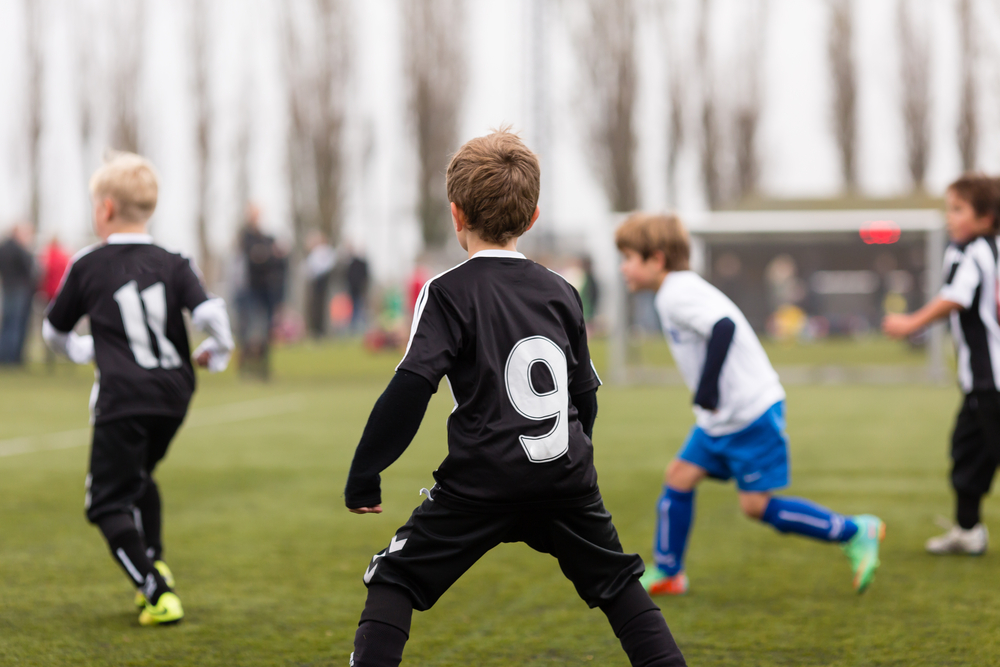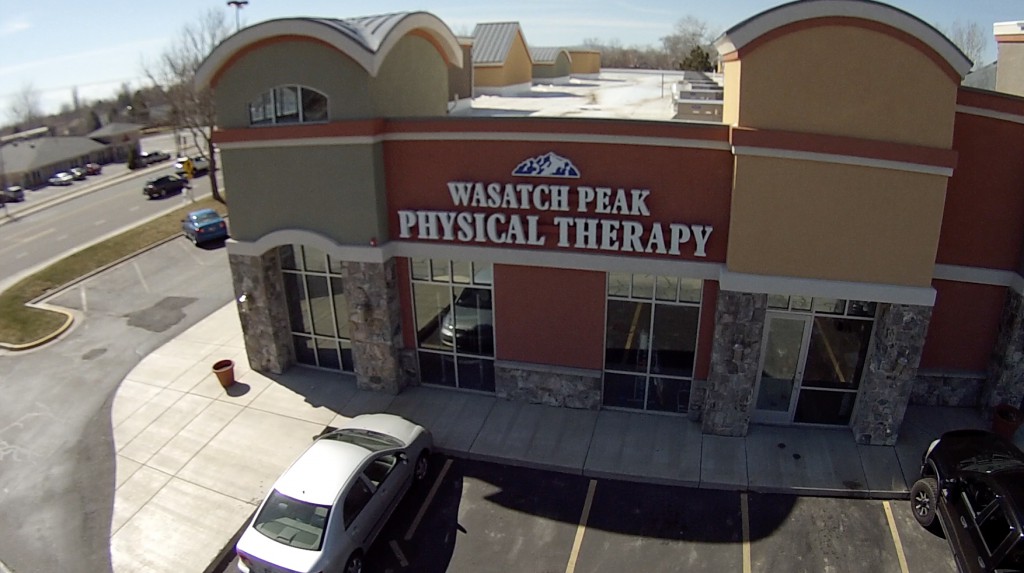Back-to-school season involves so much preparation and work, among the most important of which is ensuring that you are helping your child avoid common back-to-school injuries. Or, if you are in university or a post-graduate program – helping yourself avoid said common injuries. Here is what you need to know about common back-to-school injuries and what can be done in order to prevent them. Let’s get into it.
#1. Be Mindful Of Backpacks

If you’ve been worried about how that heavy backpack may be impacting your child’s back, you’ve a right to be. If backpacks are too heavy or carried improperly, this can result in poor posture, back pain, shoulder pain, neck pain, and more.
Your back compensates for weight over time in a variety of ways, such as:
- Causing the person to lean forward, thus affecting their balance
- Leading to rounded shoulders
- Distorting the natural curvature of the back, leading to muscle strain and irritation to spinal joints and the rib cage
- Carrying a backpack on one shoulder causes muscle strain due to uneven weight, and can result in muscle spasms, back pain, and further back problems later on in life
Fortunately, you can save your child’s back (or your own) by selecting the correct backpack and using it correctly. The American Academy of Pediatrics states that backpacks should not exceed 20% of your child’s weight. Heavier items should be packed towards the back with lighter items in the front. If your child is leaning forward while wearing their backpack, this likely means that it is too heavy for them.
You must also emphasize the importance of using backpacks correctly. While it may be easy to sling a backpack over one’s shoulder, it’s far better for your body to use both straps, with both straps being secure and tight. This allows for even weight distribution and decreased likelihood of back, shoulder, or neck problems.
#2. Create Ergonomic Homework Spaces
Is your child hunched over their homework on the floor or slouching with their laptop on the couch? Doing homework in positions and spaces that don’t encourage a neutral spine can result in back pain, neck pain, hand and wrist pain, and elbow conditions. Encourage your child to use an ergonomic homework space. Making it as comfortable as possible is more of an incentive to do homework there, rather than sprawled out on their bed.
What this looks like includes the following:
- Computer on a table or desk with the monitor just below eye levels
- Forearms parallel to the floor
- Straight wrists
- Using a chair with lower back support
- Sitting up straight, with your feet either on the floor or on a footrest

#3. Stay Active
During the school year, kids spend a lot of time sitting down, either in classes or doing homework. However, it’s important to stay active. Physical activity reduces risk of injury when performed properly by helping you stay healthy, strengthening muscles and bones. It’s also good for your brain, as it can result in increased attention spans, concentration, memory, and improved mood.
Even just a quick little walk around the block can help schoolwork become easier by getting your blood pumping. Just like adults, children need to take care of their bodies in order to stave off injury, and staying active is an excellent way to help with this.
If your child is sedentary, they are at increased risk for all sorts of health problems, from depression and anxiety to being more likely to injure themselves to developing conditions, such as type 2 diabetes. Many kids are involved in sports, but some hate them. Helping your child find a physical activity they enjoy can reduce their risk of common back-to-school injuries and help them live a healthier, happier, life.
#4. Get Enough Sleep
This is easier said than done, especially for those involved in difficult coursework or lots of extracurricular activities or both. However, sleep is the human body’s superpower. It is essential to get enough sleep in order to be able to concentrate in classes and learn as best you can. Insufficient sleep can impact your overall health, making you more prone to injury and illness.
Some of the ways you can help your child get enough sleep include:
- Encouraging a consistent bedtime routine
- Setting a consistent bedtime
- Keeping the house as quiet and calm as possible leading up to bedtime
- Having your children turn in/turn off their electronics at least an hour before bedtime
- Understanding how much sleep your child needs
While homework demands may infringe upon your child’s sleep hours, knowing how many hours of sleep your child should be getting can help you help them get enough sleep. This can be challenging with teenagers, since teenagers typically are very busy, but also need a lot of sleep. Doing what you can to help your child get enough sleep can reduce their risk of back-to-school injuries and help them have better days.
When Back-To-School Injuries Occur, Contact A Physical Therapist

Even if you’re the most cautious, prepared person in the world, you can’t always control whether or not you get injured. Physical therapists most often see back pain from backpacks, cervical/spinal/neck pain from poor posture, and injuries related to sports. Treatment can help your child recover so that they can resume their life.
Wasatch Peak Physical Therapy is here to help you or your child recover from injuries. Contact us today or stop by one of our multiple locations in Northern Utah in order to learn more about our physical therapy services.
